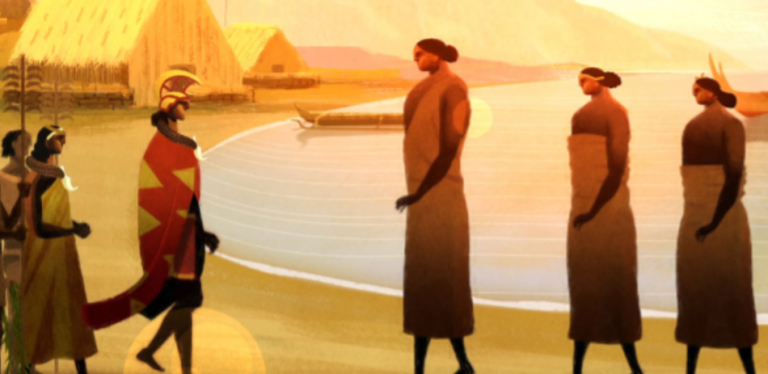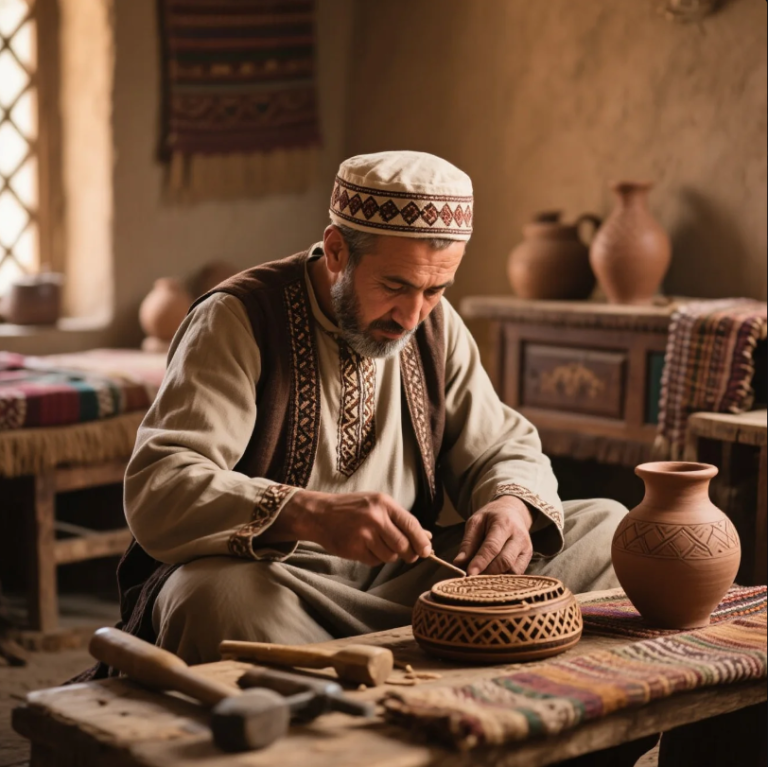
From Ancestral Threads to Runway Statements — The Vibrant Evolution of a Global Style Force
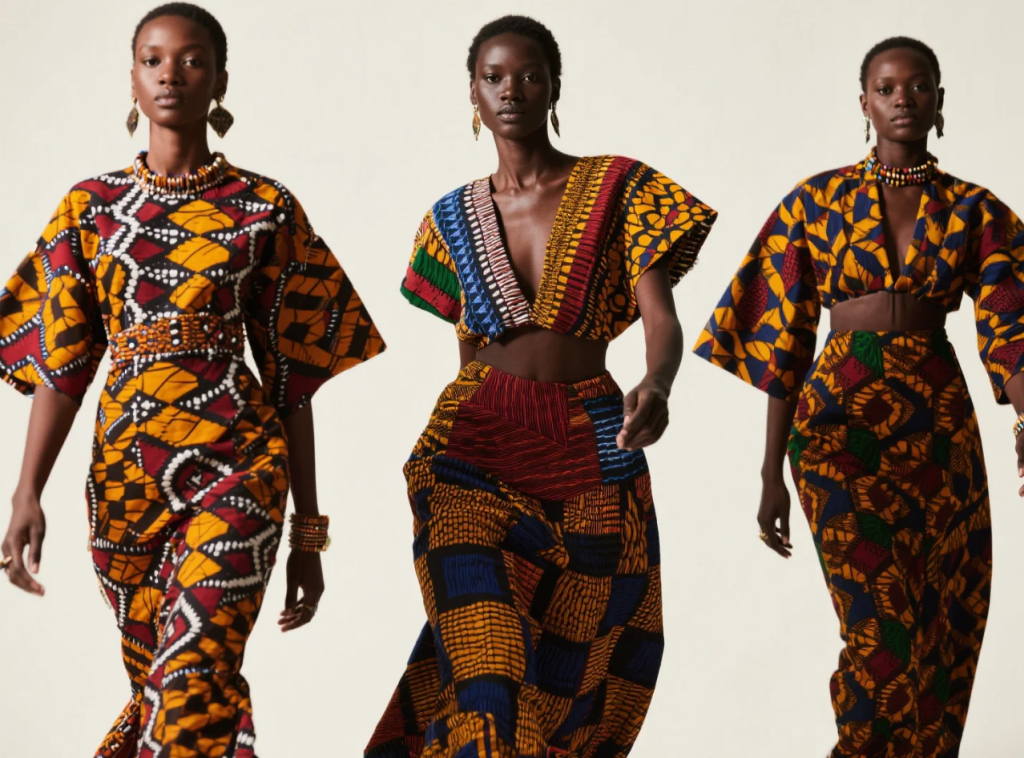
Walk into any contemporary fashion show from Lagos to London, and you’ll likely spot it — bold hues, intricate patterns, fabric that tells a story.
That’s the unmistakable magic of traditional African prints, and today’s designers are not just preserving them — they’re transforming them into a global style revolution.
But let’s get one thing straight: this isn’t about cultural appropriation, or slapping a pattern on a t-shirt and calling it “inspired.”
It’s about reclamation, reinvention, and runway-worthy reinvigoration led by African designers who know these prints not just as fabric — but as heritage.
So how exactly are today’s fashion creatives reimagining traditional African prints? Buckle up — this is a ride through history, identity, and some serious style innovation.
🧵 A Quick Primer: What Exactly Are “African Prints”?
Before we dive into the modern remix, let’s get to know the classics.
“African prints” typically refer to:
- Ankara (West Africa): Bold, wax-resist dyed cotton, often with symbolic motifs
- Kente (Ghana): Handwoven silk and cotton with geometric patterns
- Shweshwe (South Africa): Indigodyed cotton with fine, intricate dots
- Bogolanfini/Mud Cloth (Mali): Earthy, handmade cloth dyed with fermented mud
- Adire (Nigeria): Tie-dye or resist-dyed indigo fabrics
These prints are not just aesthetic — they’re narratives woven into textile. Each motif often holds meaning: fertility, status, family, rebellion, strength.
And that’s exactly why modern designers are so passionate about reimagining them: because they carry stories worth telling in new ways.
🎨 The Remix: How Modern Designers Are Flipping the Script
Gone are the days when African prints were boxed into “ethnic wear” or limited to ceremonial use.
Today’s designers are challenging every outdated rule.
1. Modern Cuts, Ancient Roots
Designers like Laduma Ngxokolo (South Africa) and Lisa Folawiyo (Nigeria) are taking traditional fabrics and reworking them into contemporary silhouettes.
We’re talking:
- Power suits in Ankara
- Streetwear with Kente trim
- Minimalist midi dresses in Shweshwe
- Bomber jackets in mud cloth
🔥 Case in Point: Lisa Folawiyo was one of the first to blend Ankara with sequins and tailored structures — turning it into luxury ready-to-wear.
2. Print-on-Print Mashups
Forget “matchy-matchy.” Designers are combining multiple African patterns — sometimes from completely different regions — to create something entirely fresh.
“We’re no longer afraid to mix Senegalese wax with Ghanaian stripes and call it ‘pan-African elegance,’” says fashion entrepreneur Aissatou Diop.
Think clashing harmony — and it works.
3. Digital Innovation Meets Handcrafted Tradition
Some brands are going high-tech, digitizing classic African motifs and printing them on new fabrics like neoprene, stretch silk, or vegan leather.
Others are 3D-printing accessories inspired by tribal patterns.
This is not about erasing the traditional — it’s about honoring it through new mediums.
🌍 The Global Spotlight: African Prints Go Worldwide
It’s not just an African trend anymore — it’s a global style movement.
🏛️ Fashion Week Presence
- Kenneth Ize (Nigeria) brought handwoven Aso Oke fabrics to Paris Fashion Week
- Thebe Magugu (South Africa), LVMH Prize Winner, uses prints in subtle, story-rich ways
- Maxhosa Africa turned Xhosa beadwork-inspired knitwear into a worldwide sensation
🌟 Celebrity Endorsement
African prints have graced:
- Beyoncé in Tongoro Studio
- Lupita Nyong’o in Duro Olowu
- Michelle Obama in Maki Oh
- Tracee Ellis Ross in Stella Jean (who often fuses African and Caribbean motifs)
When stars wear these pieces, it sends a message: These are not costumes. They are couture.
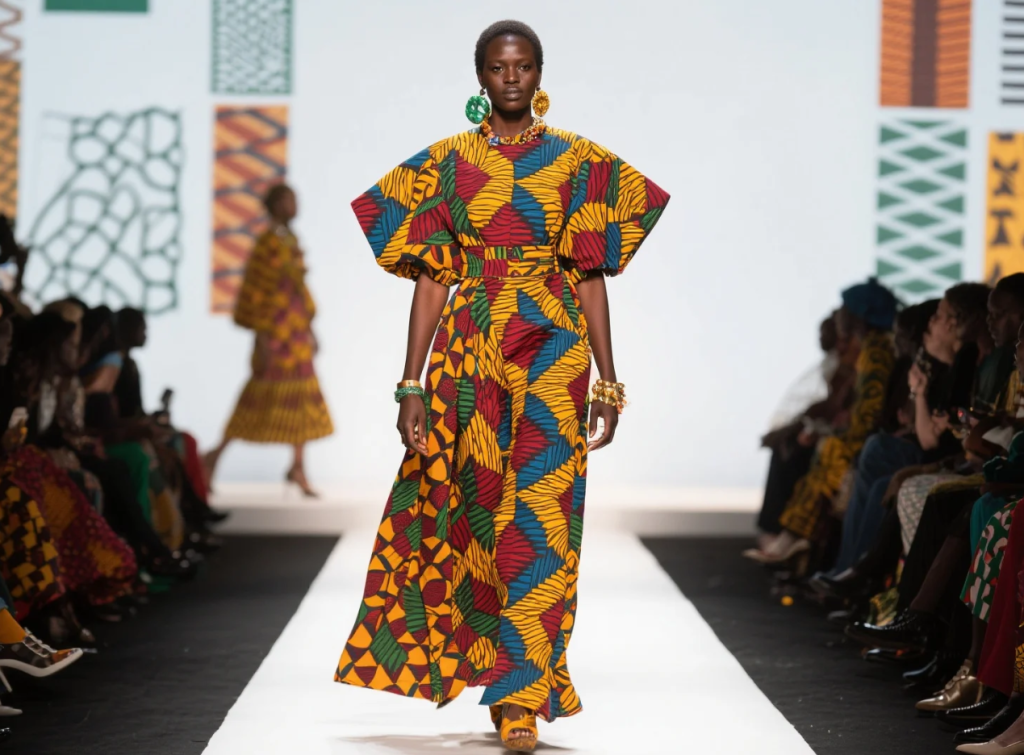
🧠 Why This Matters: It’s More Than Fashion
Reimagining African prints is not just a style decision — it’s a cultural reclamation.
After centuries of colonization, stereotypes, and fashion industry marginalization, African designers are finally getting the creative control and visibility they deserve.
And let’s be real: when you see a 25-year-old Ugandan designer remixing his grandmother’s funeral kitenge into a gender-fluid trench coat, it’s not just “cute” — it’s powerful.
It says:
“We are not frozen in time. Our culture evolves, and we own the narrative.”
✨ How You Can Wear Reimagined African Prints — Respectfully
Loving the look? Here’s how to embrace the trend without turning into a walking cliché.
✅ DO:
- Support African-owned brands or diaspora creators
- Learn the meaning behind prints before wearing them
- Mix prints with modern basics to keep it balanced
- Give credit when styling for content
❌ DON’T:
- Use the term “tribal” as a blanket descriptor
- Treat prints as costume or “festival fashion”
- Wear sacred patterns inappropriately (e.g., funeral cloth as clubwear)
- Claim originality for something culturally significant
The best way to honor the legacy of African prints is to treat them like the art and storytelling they are.
🛍️ 5 African-Owned Brands Reimagining Prints to Watch
- Tongoro (Senegal) – Flowy, bold silhouettes with ethical production
- Maxhosa Africa (South Africa) – Luxe knitwear inspired by Xhosa heritage
- Maki Oh (Nigeria) – Feminine, mysterious, with adire fabrics
- IAMISIGO (Ghana/Nigeria) – Deconstruction and raw cultural edge
- Orange Culture (Nigeria) – Gender-fluid fashion with print storytelling
These designers aren’t just making clothes — they’re crafting global conversations.
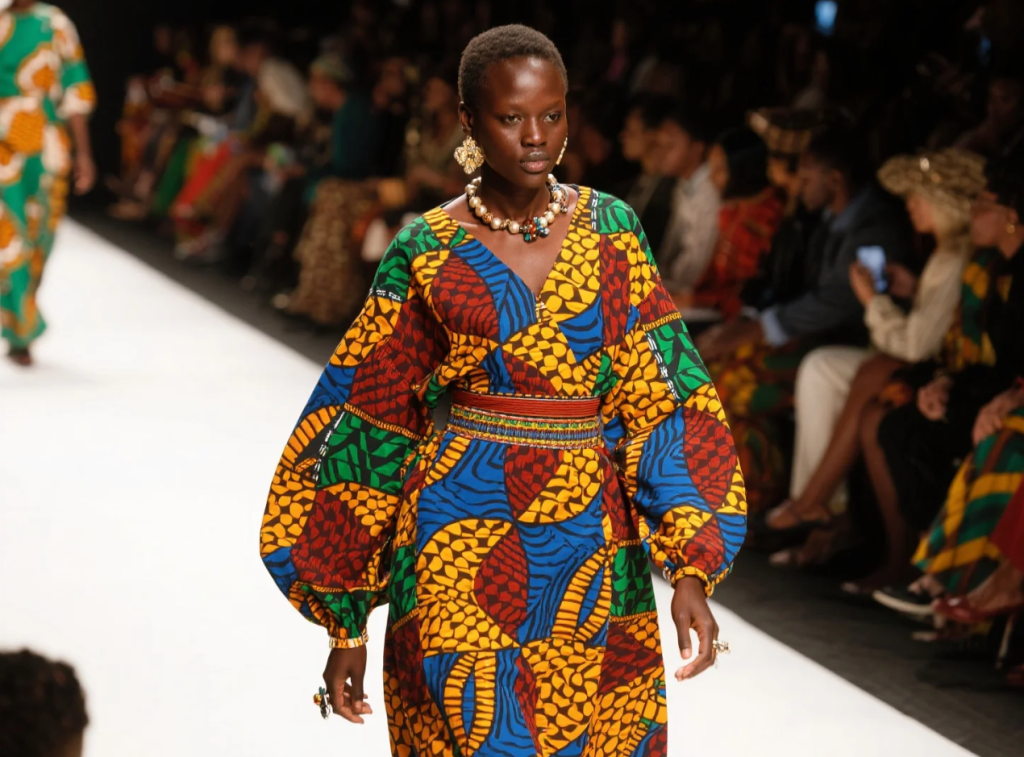
Final Threads: Tradition Is Not Stagnation — It’s Style in Motion
Traditional African prints have always been bold, vibrant, and unapologetically loud.
Now, they’re also futuristic, edgy, tech-savvy, and globally admired.
Modern designers aren’t discarding tradition — they’re elevating it.
They’re proving that heritage and innovation don’t compete — they collaborate.
So whether you’re rocking a wax print crop top in Brooklyn, or investing in a Kente-inspired trench for fall, remember this:
You’re not just wearing fabric. You’re wearing centuries of style evolution.
And that, darling, is always in fashion. 💫
